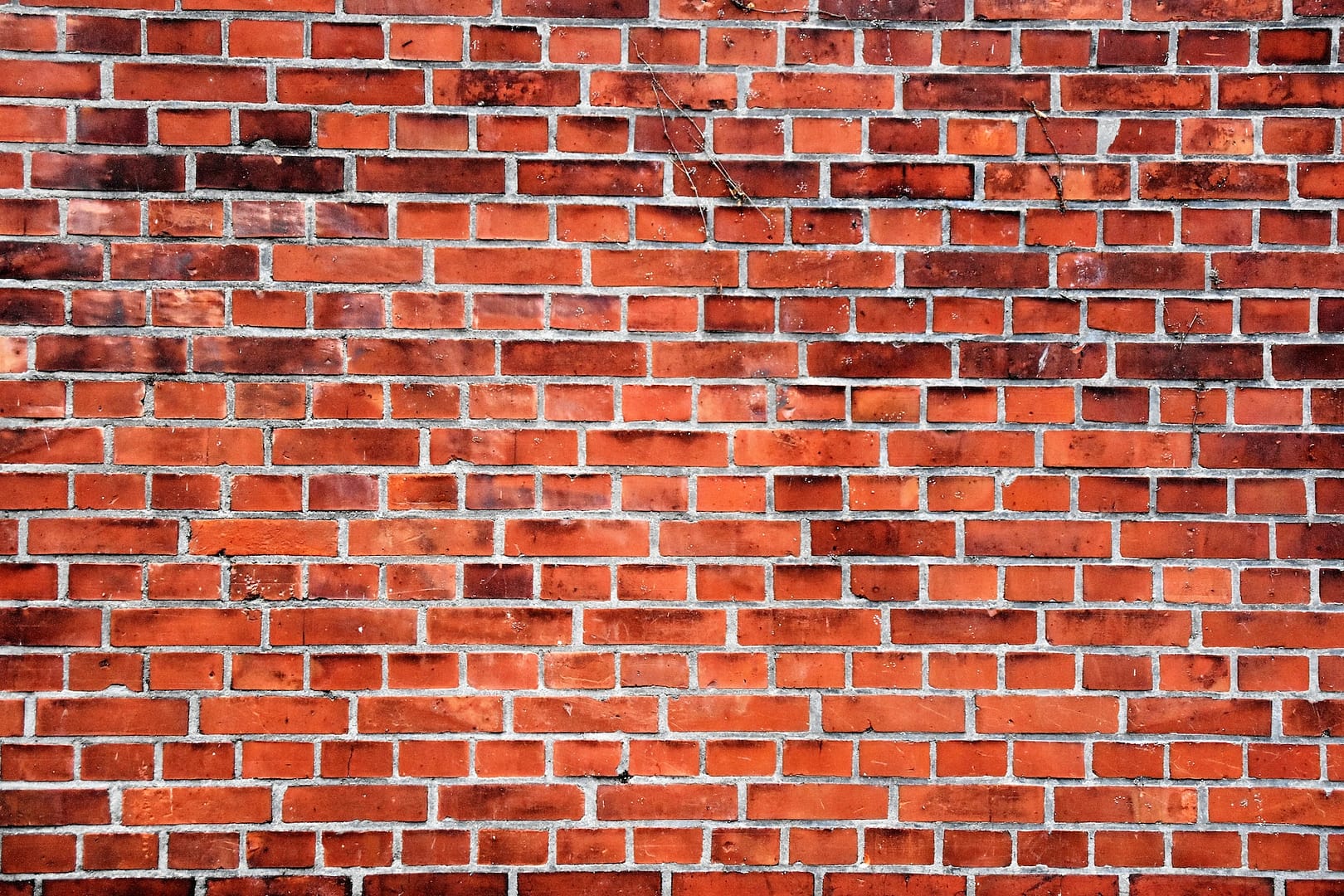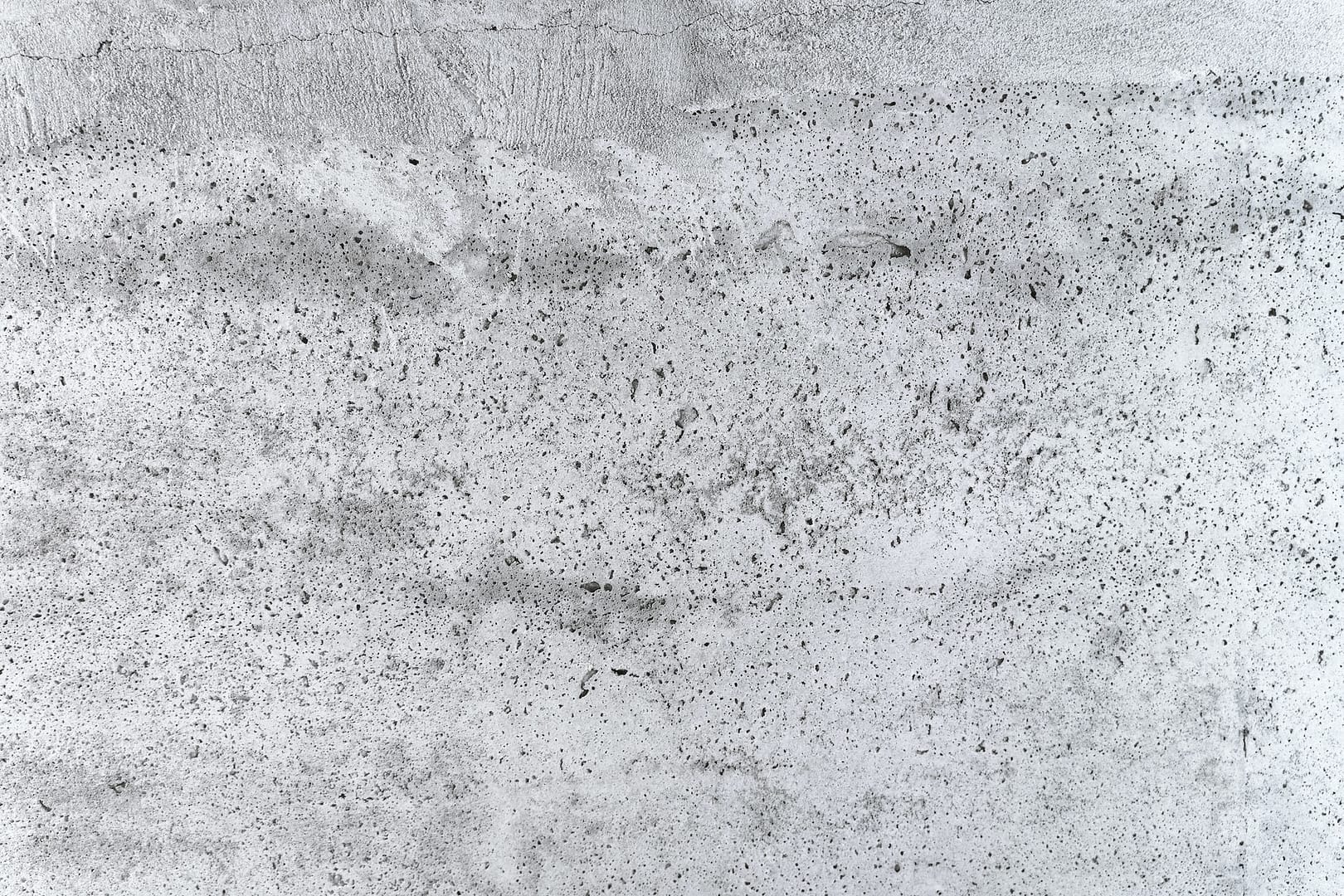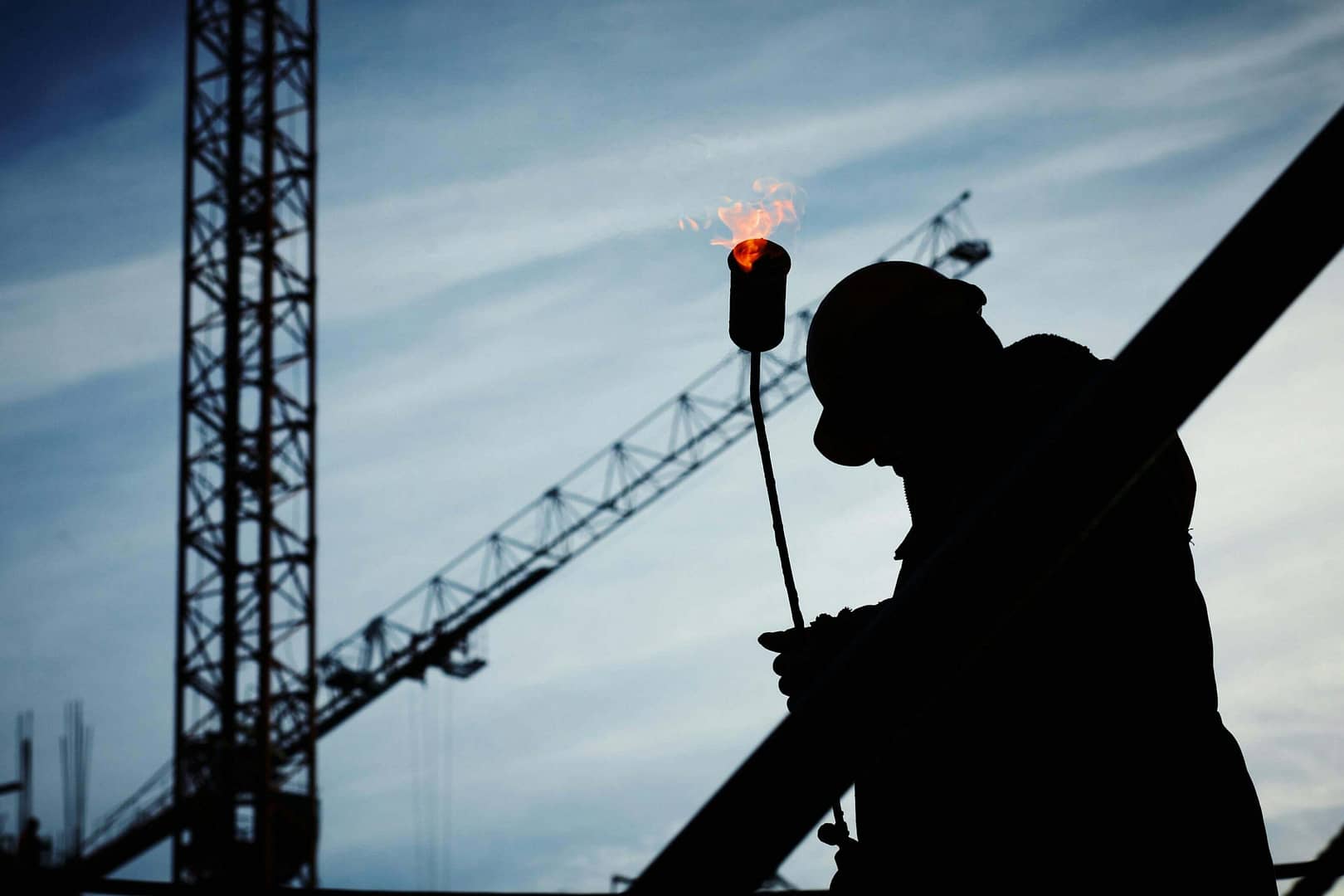In recent years, aerated concrete has gained popularity in the construction industry due to its lightweight and energy-efficient properties. This innovative building material, also known as autoclaved aerated concrete (AAC), is celebrated for its thermal insulation capabilities and eco-friendliness. However, beneath its seemingly perfect façade lies a tale of hidden dangers that every builder and homeowner must be aware of. In this article, we will delve into the disadvantages of aerated concrete and shed light on its prevalence in social housing in the UK. We will also walk you through the best steps to take when making a housing disrepair claim.
Understanding the Disadvantages of Aerated Concrete
At first glance, aerated concrete may seem like a dream come true. Its cellular structure, achieved by introducing air bubbles during the manufacturing process, results in a material that is incredibly lightweight and easy to work with. The blocks are also excellent insulators, keeping buildings warm in winter and cool in summer, which can lead to energy savings and reduced utility bills. Moreover, its eco-friendly nature, as it mainly consists of sand, cement, lime, and water, appeals to environmentally conscious consumers.
Lack of Structural Strength
While aerated concrete has many positive attributes, one of its significant drawbacks is its lack of structural strength compared to traditional concrete. The air-filled voids within the blocks compromise their load-bearing capacity, making them unsuitable for certain types of construction, especially in high-rise buildings or areas prone to earthquakes. This limitation can pose a serious risk to the stability and safety of the entire structure.
Moisture Vulnerability
Aerated concrete’s cellular structure, while advantageous for insulation, can also become a liability when exposed to moisture. Water can seep into the air pockets, leading to internal condensation, mold growth, and potential deterioration of the material over time. In regions with heavy rainfall or high humidity, this vulnerability becomes more pronounced and may result in expensive repairs and health hazards for occupants.
Fire Resistance Concerns
While aerated concrete is fire-resistant, it is not fireproof. The material will eventually degrade under extreme heat, and the air pockets within the blocks can facilitate the spread of flames. While it may offer some resistance against fire in the early stages, it can ultimately contribute to the rapid escalation of a fire, putting occupants at risk and causing extensive property damage.
Limited Market Availability
Another issue that arises when working with aerated concrete is its limited market availability. Not all construction suppliers stock aerated concrete blocks, making it challenging to source the material for large-scale projects. This scarcity can lead to increased costs and delays in the construction timeline, negatively impacting project budgets and deadlines.
Prevalence of Aerated Concrete in Social Housing in the UK
In the United Kingdom, social housing plays a crucial role in providing affordable accommodation to low-income individuals and families. Due to the demand for cost-effective and energy-efficient building materials, aerated concrete has found its way into the construction of social housing projects across the country. While the intentions may be noble, the use of aerated concrete in social housing presents unique challenges and concerns.
Affordability and Energy Efficiency
One of the driving factors behind the prevalence of aerated concrete in social housing is its affordability and energy efficiency. For housing authorities and developers with limited budgets, the cost-effectiveness of aerated concrete can be appealing. Additionally, the material’s insulation properties align with efforts to create more energy-efficient buildings, reducing heating and cooling costs for tenants.
Risks to Vulnerable Communities
However, the use of aerated concrete in social housing can also pose risks to vulnerable communities. As discussed earlier, aerated concrete’s lack of structural strength and fire resistance can compromise the safety of the occupants, who often belong to low-income families with limited options for housing. Should structural issues or fires occur, it is the marginalized communities who bear the brunt of the consequences.
Long-Term Maintenance Challenges
Social housing projects are typically meant to provide long-term accommodation for residents. However, the moisture vulnerability of aerated concrete can lead to ongoing maintenance challenges and increased repair costs for housing authorities. These additional expenses may strain already limited budgets, potentially impacting the quality of life for residents if not adequately addressed.
Sustainable Alternatives
While aerated concrete may have some advantages, it is essential to explore sustainable alternatives that offer better structural integrity, moisture resistance, and fireproofing properties. Investing in the research and development of eco-friendly materials that address the drawbacks of aerated concrete can lead to safer and more sustainable housing solutions for low-income communities.
Making a Housing Disrepair Claim
For individuals residing in properties constructed with aerated concrete, encountering issues related to structural weaknesses, moisture damage, or fire risks can be distressing. When facing such problems, tenants and homeowners have the right to seek resolution through housing disrepair claims.

Understanding Housing Disrepair Claims
A housing disrepair claim is a legal recourse available to tenants and homeowners when their property is in a state of disrepair, affecting their health, safety, or well-being. In the context of aerated concrete structures, issues like cracks in the walls, dampness, mold growth, or compromised structural integrity could be valid grounds for a housing disrepair claim.
Gathering Evidence
To initiate a housing disrepair claim, it is crucial to gather comprehensive evidence of the property’s defects and their impact on your living conditions. This evidence may include photographs, repair records, correspondence with landlords or housing authorities, and any medical reports indicating health issues arising from the disrepair.
Notifying the Landlord or Housing Authority
Before proceeding with a claim, it is essential to inform the landlord or housing authority about the issues and provide them with a reasonable opportunity to address the disrepair. This notification should be in writing, and a record of the communication should be kept for future reference.
Seeking Legal Guidance
Navigating the legal complexities of a housing disrepair claim can be challenging, and seeking legal guidance is highly recommended. National Claims are experienced in housing disrepair claims and can assess your case, advise you on the best course of action, and represent you throughout the claims process.
Conclusion
While aerated concrete may offer some benefits in terms of energy efficiency and environmental sustainability, it is essential to acknowledge its disadvantages and the potential risks associated with its use in construction. The lack of structural strength, vulnerability to moisture, and fire resistance concerns must not be underestimated.
In social housing, where vulnerable communities reside, careful consideration of building materials and their long-term implications is crucial. Sustainable alternatives that address the drawbacks of aerated concrete should be explored to ensure the safety and well-being of residents.
If you find yourself living in a property with aerated concrete and facing disrepair issues, remember that you have legal options. Making a housing disrepair claim can help you seek the necessary repairs and improvements, ensuring that your living conditions meet acceptable standards.
Ultimately, by being aware of the dangers of aerated concrete and taking appropriate action, we can strive to create a safer, healthier, and more sustainable living environment for everyone.
Contact us today to be put in touch with one of our claims specialists and start your claim.
Click below to see why we are one of the most trusted claims management companies in the UK.

We’re proud of our excellent customer reviews
We thrive on delivering exceptional service and ensuring our clients’ satisfaction. Don’t just take our word for it. Check out some of our independent reviews to see what our clients have to say.
Excellent

This firm is excellent, they sorted out my car pay out and injury claim very fast, they always communicate with you all the time.

My accident case was dealt with confidence and with great result of the outcome, especially James kept me informed all the time.

I was very impressed at the way my inquiry was treated. I was listened to attentively and everything I needed to know was explained to me.






